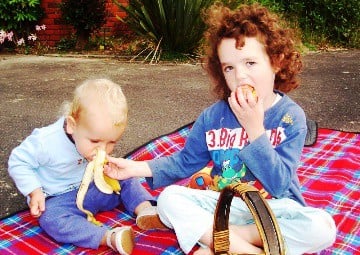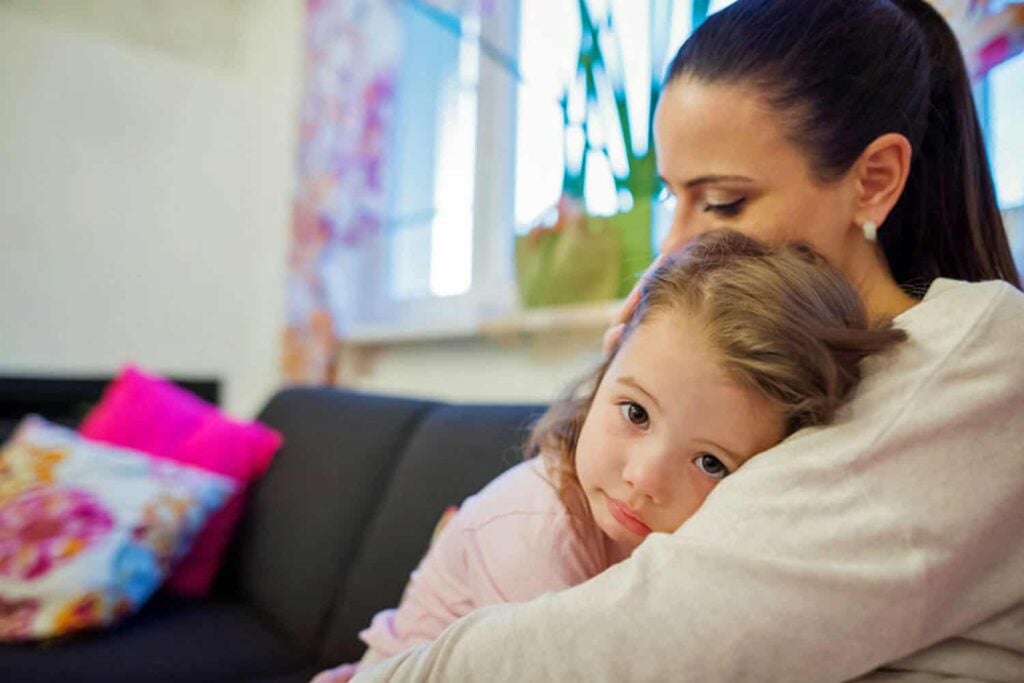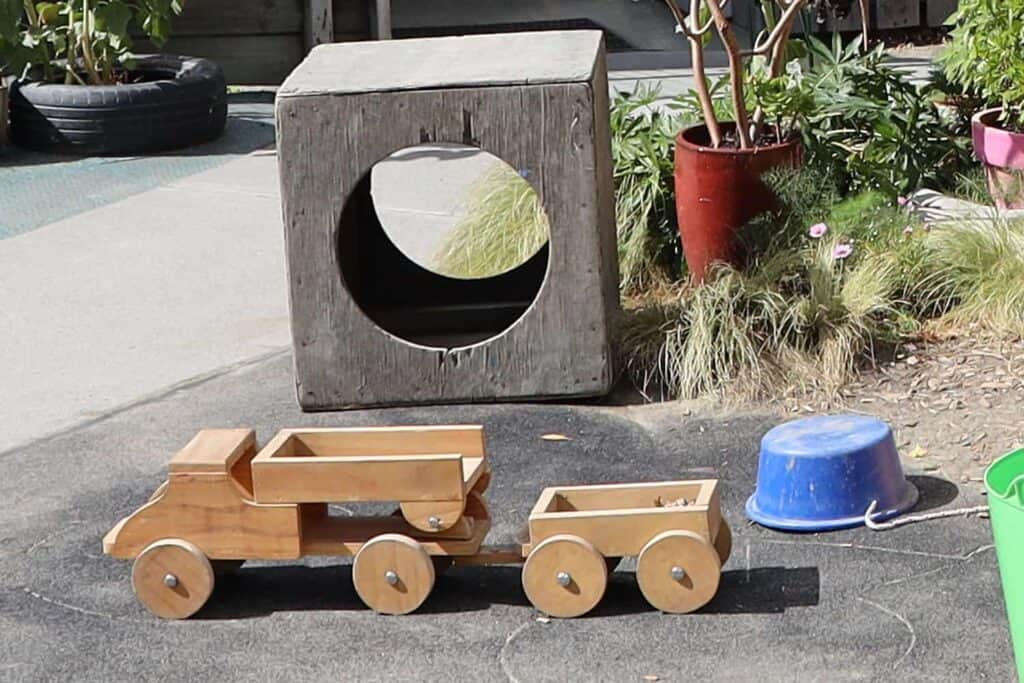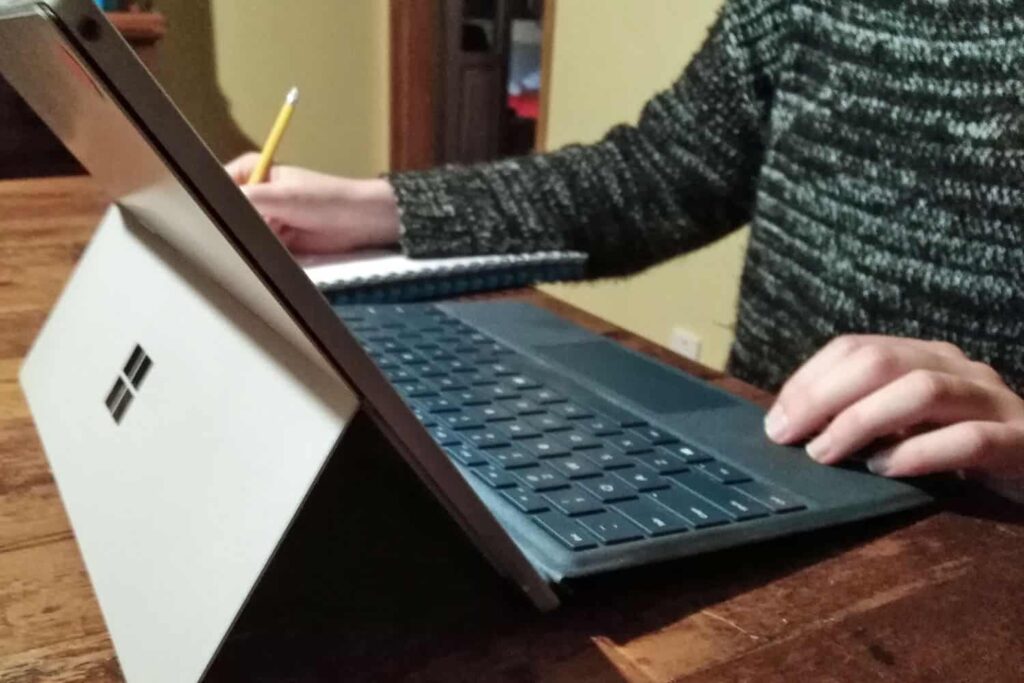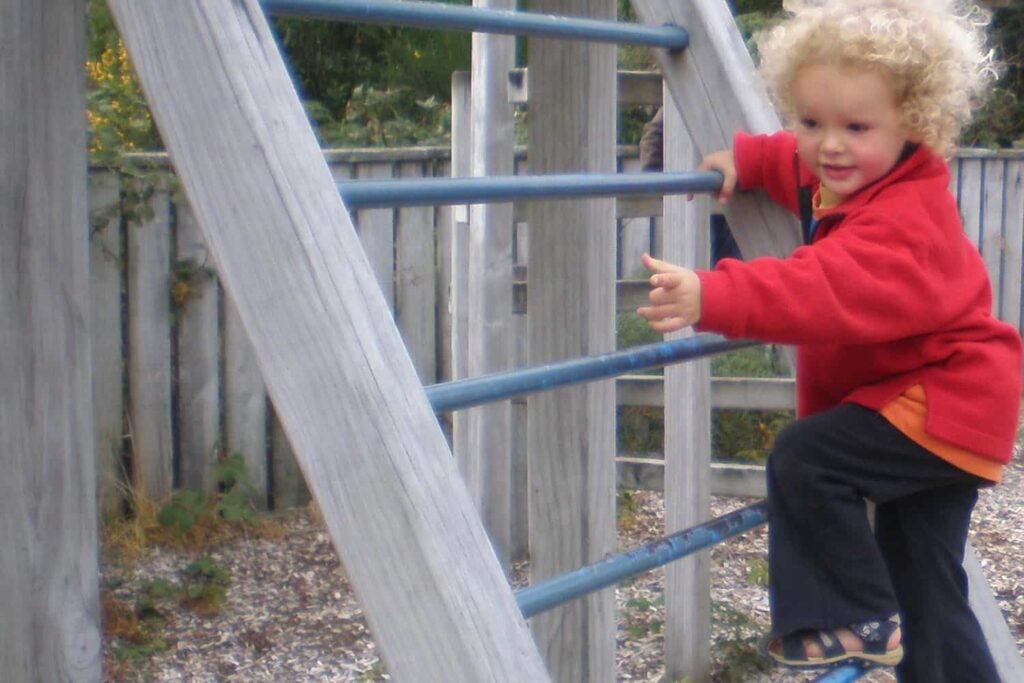First Aid When Child Is Choking.
Most important when a child is choking.
- Call an ambulance if the child is not able to cough or cannot breathe.
- If breathing, make sure the child is learning slightly forward, tell the child to cough and encourage the child to keep coughing.
- Do not reach into the child’s mouth unless the object can be seen to pull it out easily (blind finger sweeps of the mouth risks pushing the object in more deeply).
- Treatment is necessary when a child does not have an effective or strong cough to force the object out.
Treating an infant
An infant or small child – who is small enough to be held – should be treated in the following way:
- Holding the child across your thigh with head held lower than the chest, deliver up to five sharp back blows with the heel of one hand in the middle of the back between the shoulder blades (unless the object comes out before five are completed).
- If this does not work turn the child over and deliver up to five sharp chest thrusts to the breastbone with the child on their back, until the object comes out.
- If this does not work, repeat the back blows and chest thrusts until the object comes out.
But should the child become unconscious then CPR must be started immediately.
The NZ Red Cross, Essential First Aid Manual (2017, p. 30) provides a clear illustration of the appropriate actions to take (the illustration is reproduced below, with permission).
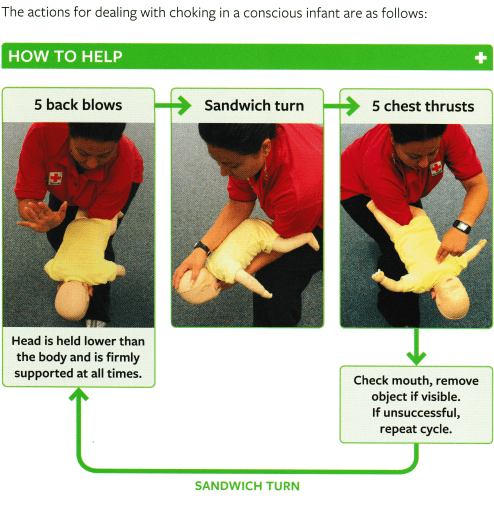
Treating a Bigger Child and Providing First Aid When Choking
A bigger child can be held standing and leaning slightly forward and treated in the following way:
- Between the shoulder blades deliver up to five sharp back blows with the heel of one hand in the middle of the back between the shoulder blades.
- If the object does not come out then give up to five chest thrusts. Do this with the child in front of you, wrap your arms around their chest and make a fist with one hand. Place one fist, thumb side, against the middle of the breastbone. Grasp the fist with the other hand. Give a quick inward thrust.
- Keep repeating five back blows then five chest thrusts until the object comes out.
- Should the child become unconscious then start CPR immediately.
References
Learn more about resuscitation ANZCOR Guideline 2016, No. 4 – Airway.
NZ Red Cross (2017). Essential first aid manual. Wellington, NZ: NZ Red Cross.
Find out what steps must be taken by early childhood services to reduce the risk of food-related choking.


